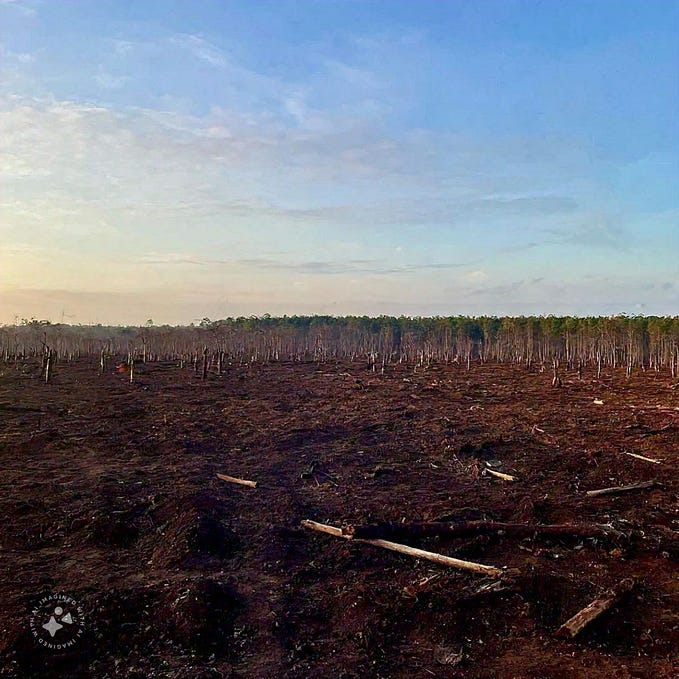Member-only story
Planting Trees and Greening the Desert
Geoff Lawton’s permaculture experiment rocks!

Planting species that need water in an environment defined by lack of water seems like the most obvious oxymoron. But it can—and is—being done in semi-arid and arid deserts.
Desert greening — reclaiming deserts by converting them into areas that thrive with agriculture and under which natural water systems may exist — can have a huge impact on local quality of life, global health, food availability, and energy transformation.
Despite our little planet’s reputation in the solar system as the Blue Planet because of all its water, about 33% (1/3) of the earth is desert. Deserts are areas where the amount of water lost to evaporation is greater than the amount of rainfall. About one billion people (1/6th of earth’s total population) actually live in the desert, and millions live alongside it.
Availability of scarce water is the first criteria for desert greening, but the search for it has already been positive. Massive underground water reserves have been discovered in Africa, even in the Saharan desert. According to Roger Calow at the Overseas Development Institute, “What the science is telling us is that we have more storage in these shallow, relatively unproductive (aquifers) than we thought.”
Look at Egypt: Desert reclamation has been a government focus since 1987. Today, Abu Minqar’s olive and date palm trees and crops like wheat, barley, alfalfa, maize, and clover exemplify successful desert reclamation.
Yes, there are issues of cost and maintenance. And yes, that is no small problem. But problems beg for solutions, and with attention from experts coupled with local demand, those solutions will be found.
What can your community do today to speak up and out?
MARVELOUS DESERT GREENING ACCOMPLISHED BY A SMALL GROUP
Check out Geoff Lawton’s permaculture experiment — and his enormous success — on ten acres in the Dead Sea Valley.
Not only was this a desert, it was full of salt. It receives about 2” of rain annually. The Dead Sea Valley has the lowest elevation on earth — 400 meters below sea level. It’s nearly flat.








